Actively Working Towards Becoming MORE Contagious!
When you see or hear the word “contagious,” what comes to mind? COVID? Masks? Other forms of infectious diseases or illnesses? Something unpleasant? Death? Given what we’ve been through over the past two years, it is quite understandable to have these kinds of thoughts.
However, it is also important to remember that some things that are “contagious” are positive and are, thus, good for our health when they spread. These include (but are not limited to!) a smile, laughter, words of gratitude, and/or other forms of compassion.
At its root, to be contagious means that an influence, quality, or nature has the ability to spread rapidly through verbal and/or physical contact with those around us. Again, this can work for good or for bad.
As some of you know, the very reason we exist as an organization is to promote positive contagion, particularly when it comes to spreading healthy lifestyle practices among seminaries and communities of faith. Our primary goal is to bring about greater health and wellbeing among seminarians (many of whom are future clergy) so that they can ultimately be partners with us in spreading healthy habits – not only in the settings to which God has called them, but also in our communities and throughout the world!
However, one of the themes that came up in Travis’ dissertation research, which focused on identifying what contributes to the health and unhealth of those preparing for a vocation in ministry (the results of which were generally consistent with Karen’s doctoral research project, also conducted among seminarians six years ago), is that when it comes to talking about health, the Church is pretty much silent.
In fact, it turns out that, among the seminarians who were interviewed by Travis in fall 2020 and spring 2021, “five of the [thirteen] interview participants said they had never heard health discussed in church, either theologically or practically, and of the eight who had, it was generally limited to a particular aspect of health, usually spiritual health. Furthermore, several interviewees indicated they had heard health talked about in church only because of the COVID-19 pandemic, meaning that, only two years ago, the number of interviewees who had never heard health come up in church would have been higher. What an unfortunate statement about the importance of health in church that it has taken a global pandemic to bring the subject to the forefront in some congregations!”
We think there is no better time than now – in this season where we celebrate the good news of Jesus Christ’s resurrection and the new life that is given to all, to work towards changing this reality, and we would like your help!
As we continue to empower seminary students, we want to challenge you to help break the silence about health in our communities of faith. When we work together, we can make a real difference in our own lives as well as in the world around us.
Peace,
Karen and Travis Webster
HSHC Co-founders
Don’t know where to start? Check out our 3 Ways to Spread Good Health in Our Communities of Faith post for ideas and next steps.
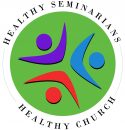
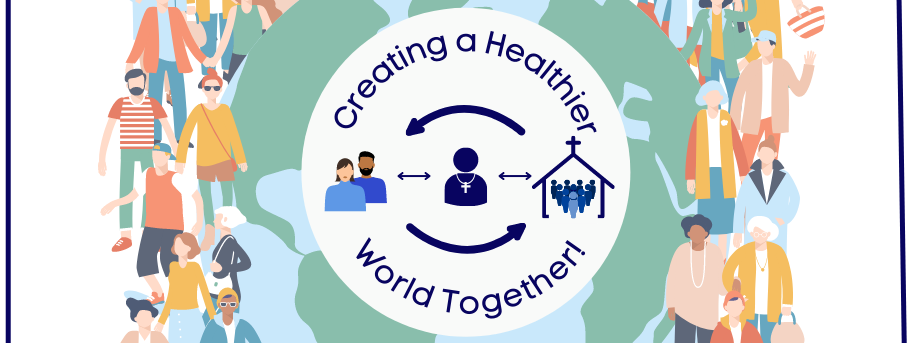


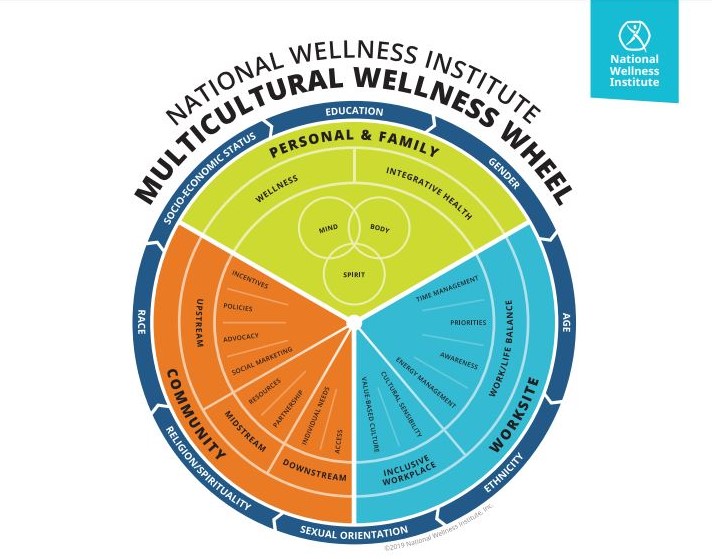
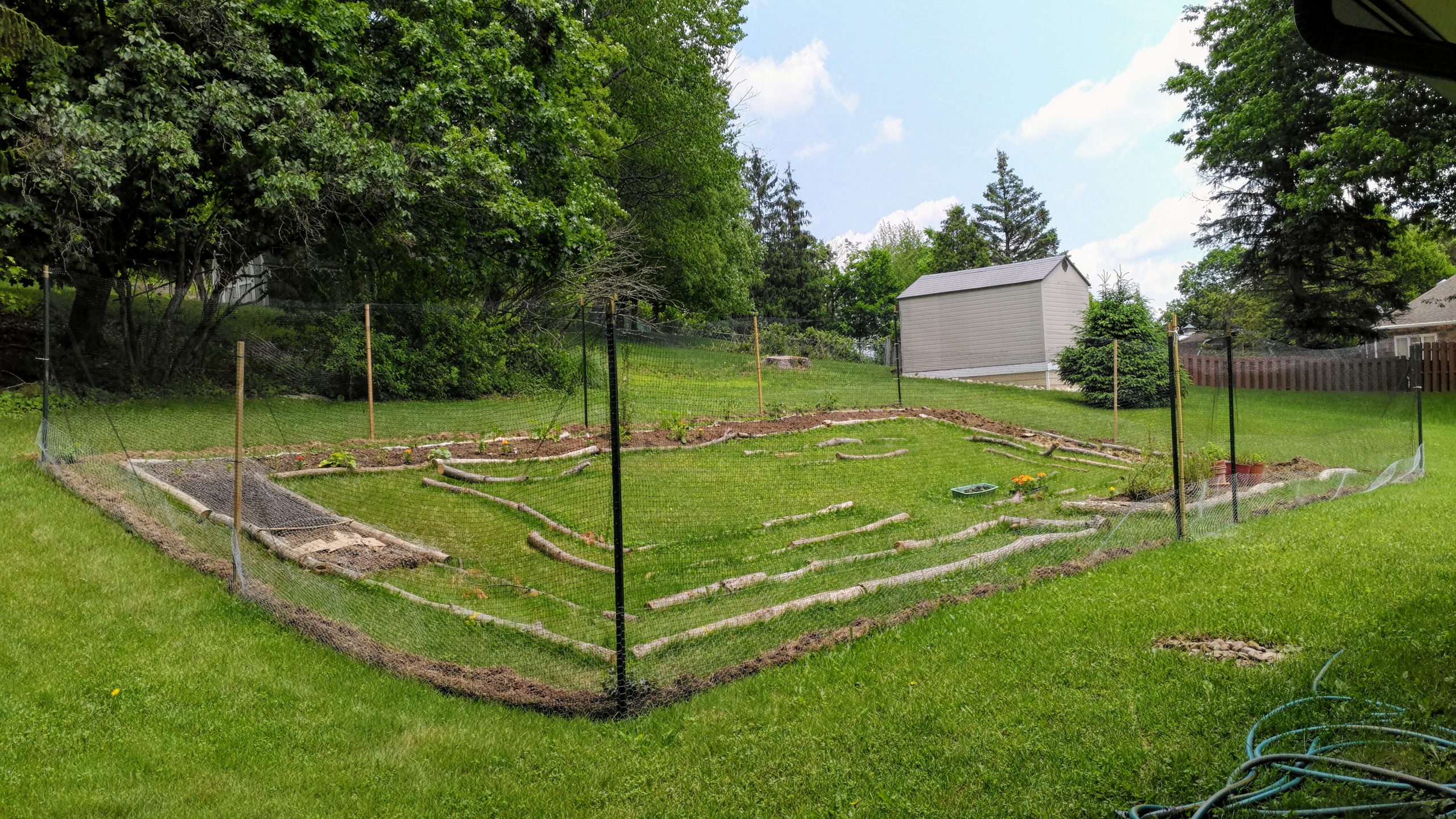
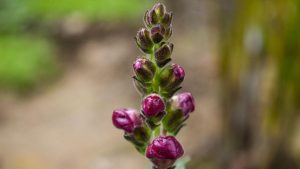 I find that the fifty-day Eastertide season, in which, as I write this, we are on day six, is a wonderful time to reflect on the various changes that are taking place in our lives and how are we being moved to respond. This liturgical season is a reminder that, through Christ’s death and resurrection, our lives were, and are forever, changed. How do we adequately respond to this amazing good news?
I find that the fifty-day Eastertide season, in which, as I write this, we are on day six, is a wonderful time to reflect on the various changes that are taking place in our lives and how are we being moved to respond. This liturgical season is a reminder that, through Christ’s death and resurrection, our lives were, and are forever, changed. How do we adequately respond to this amazing good news? Ok, no, things are clearly not back to “normal” yet, but we have circled back to the liturgical time of the year that is called “Ordinary Time” and today is actually day two in ordinary time. It is the time of year that is not directly connected with either the Christmas or Easter seasons (second week in January through the start of Lent as well as the days after Easter through the beginning of Advent). So the meaning of “ordinary” comes from the ordinal numerals by which the weeks have been identified as opposed to how we might feel about our present circumstances.
Ok, no, things are clearly not back to “normal” yet, but we have circled back to the liturgical time of the year that is called “Ordinary Time” and today is actually day two in ordinary time. It is the time of year that is not directly connected with either the Christmas or Easter seasons (second week in January through the start of Lent as well as the days after Easter through the beginning of Advent). So the meaning of “ordinary” comes from the ordinal numerals by which the weeks have been identified as opposed to how we might feel about our present circumstances. 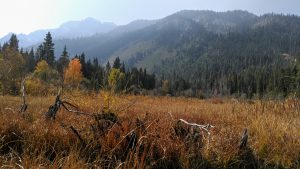

 June, 2020 – I clearly remember the day when I interviewed for the Th.D. in pastoral counseling program at Columbia Theological Seminary. This was something I very much wanted, and I was quite nervous! During the interview, I had the opportunity to speak with many of the professors with whom I was hoping to study.
June, 2020 – I clearly remember the day when I interviewed for the Th.D. in pastoral counseling program at Columbia Theological Seminary. This was something I very much wanted, and I was quite nervous! During the interview, I had the opportunity to speak with many of the professors with whom I was hoping to study.